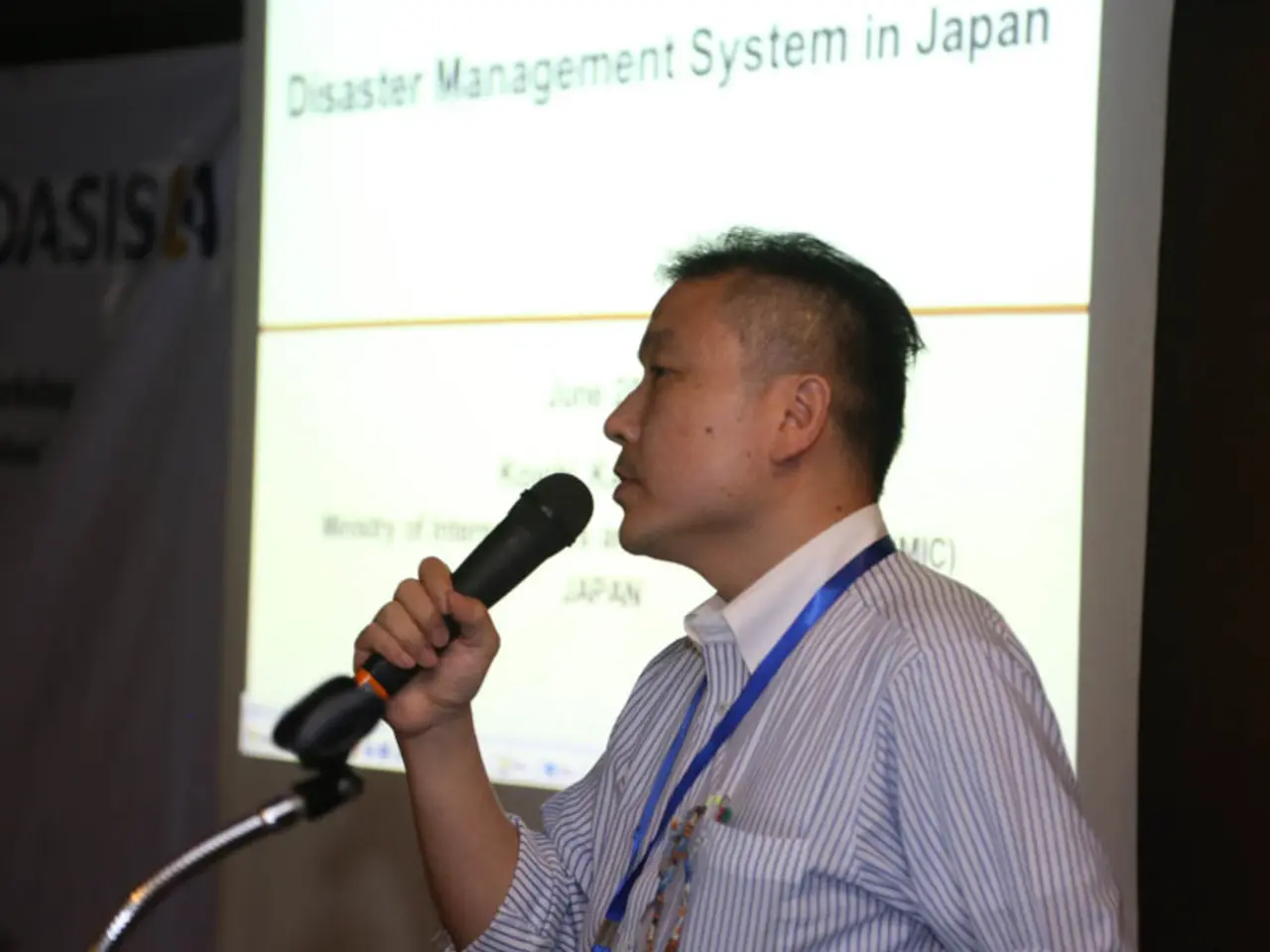In the aftermath of the tsunami striking the Pacific, the fulfillment of a manga predicted prophecy seemed unsettlingly real in parts of Asia.
In the world of manga and popular culture, predictions of future disasters can sometimes stir up a whirlwind of public anxiety and fear. This was evident in the case of Ryo Tatsuki's manga, The Future I Saw, which first published in 1999 and claimed a major disaster would occur in Japan.
Tatsuki's prediction of a mega-tsunami in southern Japan on July 5, 2025, gained significant attention and anxiety ahead of that date. The anticipation was so high that it led to an 83% drop in flight bookings from Hong Kong to Japan for late June to early July 2025, reflecting heightened public anxiety in the lead-up to the predicted date. However, no major disaster occurred on July 5, and this led to widespread social media reactions denying the prophecy’s fulfillment, with "Nothing happened in Japan" trending shortly after.
Nevertheless, on July 30, 2025, a powerful 8.8 magnitude earthquake struck Russia’s Kamchatka Peninsula, triggering tsunami waves up to 4 meters high that affected parts of Japan and the Pacific region. This event reignited public discussion online about Tatsuki’s prediction, despite scientific authorities stating that the earthquake and tsunami were unrelated coincidences rather than fulfillment of a prophecy.
The Japanese government's advanced warning system was on full display during this week's tsunami, with evacuation warnings issued to over two million residents. The Japanese government has repeatedly warned there is a 70-80% chance of another Nankai Trough earthquake within 30 years. This subduction zone, a 700-kilometer-long area, has been the site of severe earthquakes every 100 to 200 years. The last Nankai Trough earthquakes occurred in 1944 and 1946, killing at least 2,500 people and destroying tens of thousands of homes.
Public vigilance against potential disaster will likely linger in Japan after this week's tsunami, according to a user on the Chinese social media app Xiaohongshu. Some tourists, like Oscar Chu, a 36-year-old traveler from Hong Kong, canceled their summer trips to Japan due to the predictions. Others, like Chu's friends, are taking precautions like avoiding coastal areas or skipping the beach.
It is important to note that accurate earthquake prediction remains impossible with current technology, and such prophecies are often described as hoaxes and coincidences by scientific authorities. The tsunami that occurred on Wednesday (2025) was being closely followed by people worldwide, but it is crucial to separate fact from fiction when it comes to predictions of future disasters.
The 2011 cataclysmic quake that struck Japan's northern Tohoku region coincided with the date predicted in Tatsuki's manga, but it is essential to remember that this was a rare and unprecedented event. Japanese toddlers do earthquake drills from the time they can walk, and the government regularly warns of an impending, once-in-a-century earthquake.
In conclusion, while Tatsuki's specific July 5 disaster prediction did not materialize, the late July Kamchatka quake, while unrelated scientifically, intensified media and public interest in her earlier prophecy. This, combined with significant earthquake activity, notably impacted travel decisions shortly before and around July 2025. It is crucial for individuals to stay informed and follow official warnings and advice when it comes to natural disasters, but it is equally important to approach predictions with a healthy dose of scepticism.
- In addition to Japan, the world also watches general news and weather forecasting closely, especially when it comes to potential disaster areas like Asia.
- Accurate predictions of future disasters, such as Ryo Tatsuki's manga about a mega-tsunami, can have a significant impact on various aspects of life, including the travel industry and public anxiety.
- Social media plays a crucial role in disseminating information about natural disasters and prophecies, often leading to trends and public discussions about their validity.
- Despite the July 30, 2025 earthquake in Russia's Kamchatka Peninsula being unrelated to Ryo Tatsuki's prophecy, it still reignited public interest and debate about her earlier prediction.
- In Japan, public vigilance against natural disasters, such as tsunamis, is ingrained from a young age, and the government regularly issues warnings about potential earthquakes and their aftermath.
- It is important for individuals to stay informed about natural disasters and to follow official warnings and advice, but it's equally essential to approach predictions of future disasters with a critical and skeptical mindset.







